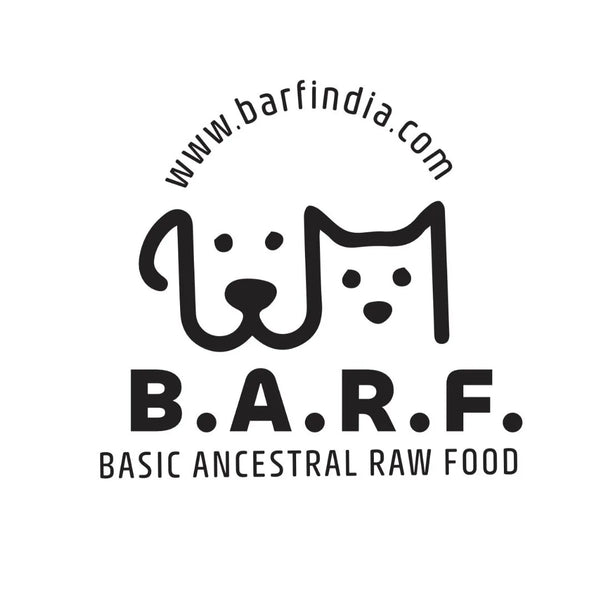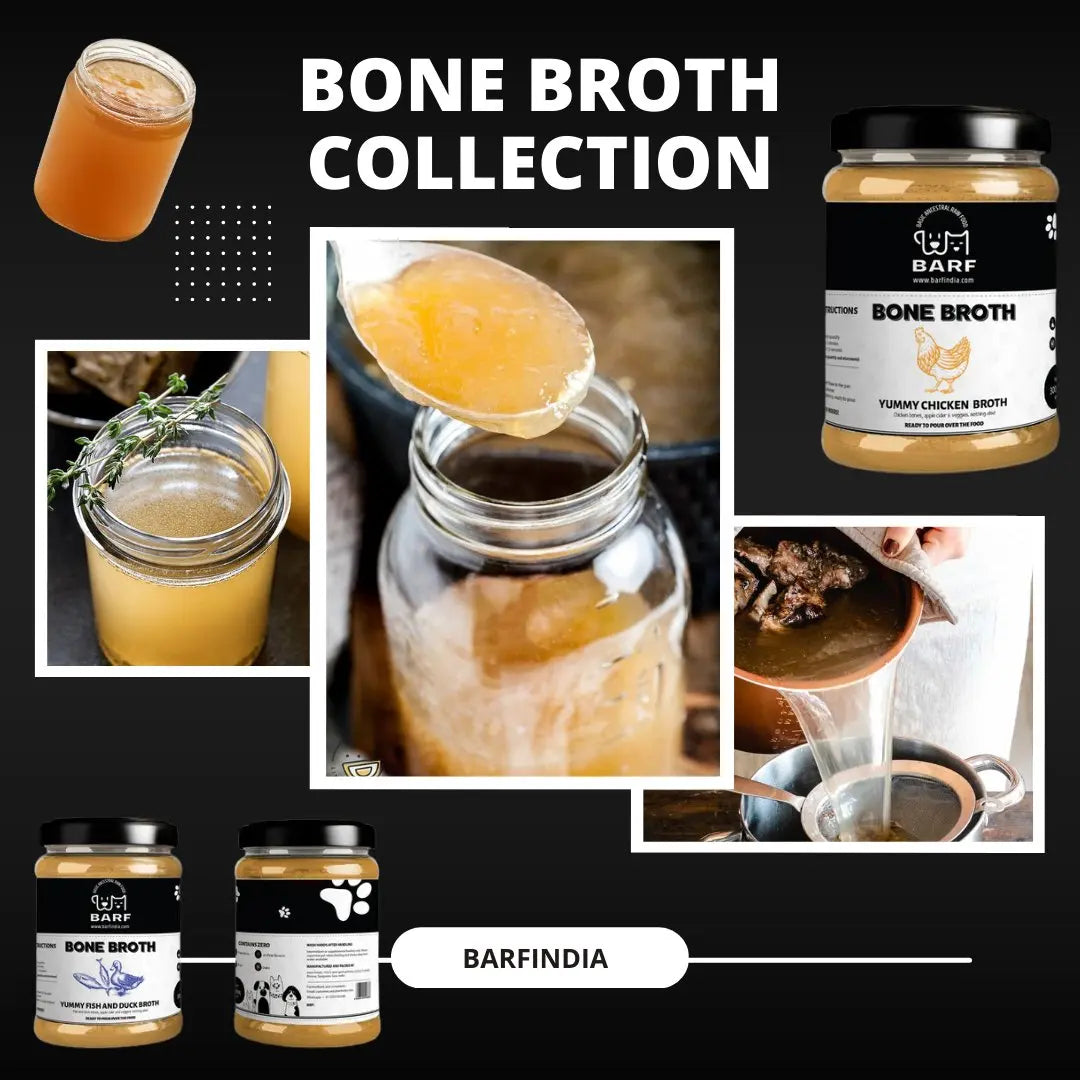Are raw diets for dogs too high in protein?
What do a human and a dog have in common? They’re both omnivores, which means that people and dogs, both need food from plants as well as animal sources. Like humans, dogs too need a balanced diet. While we get it in our regular diet, we need to ensure our dogs get it through the right kind of dog food.
Why does your furry friend need high-protein dog food?
Whether you have a determinedly lazy dog or one who is up and about all day, your pet needs a good amount of good quality protein to survive.
A dog needs 22 amino acids, of which their body produces 12 on its own. That leaves 10 essential amino acids. Where does your dog get those from? From the food. And all these 10 amino acids are found in protein.
Why does a dog need amino acids in the first place?
-
To build: proteins help your dog grow and help build cells, tissues, organs, antibodies, and hormones
-
To maintain: protein helps maintain muscle mass, and the reproductive and the immune system
-
And to repair: proteins help repair tissue damage and heal better
These are the main physiological reasons. Besides that, your dog needs protein for:
Weight control
A high-protein diet can help your dog lose weight if there has been sneaky snacking on the side. Studies have shown that dogs fed a high-protein and low-carb diet showed a greater fat loss and retained lean body mass than those on a lower-protein diet.
Allergy relief
A high-protein diet is good for your dog if he suffers from skin conditions or
allergies. Often it is the low-protein, high-carb fillers in packaged foods that cause inflammation.
Eases the aging process
Aging dogs can benefit from a high-protein diet too. The high protein slows down muscle loss. There was also a school of thought that high protein would put extra pressure on the kidneys. But it has been shown that the body produces less waste when on a high-protein diet, thus not overtaxing the kidneys.
In fact, the protein needs of senior dogs actually increase by about 50 percent. What they need is high-quality, easily digestible protein. Don’t jump to rush to the store just yet.
High-protein does not mean more protein. If anything, you need to be more careful that you do not feed your dog the wrong protein. We can’t stress enough about not feeding your dog greater quantities of low-quality protein. That, in fact, puts a lot of pressure on the kidneys. Your dog’s protein should come from real meat like lamb, chicken, beef, venison or turkey.
What your furry friends need is a
species-appropriate, ancestral diet. Something that is as close to what our dogs’ ancestors have been eating since they started roaming the earth – a mixture of plant and animal foods.
Talking of species-appropriate, have you considered BARF?
Have you given thought to
BARF – Basic Ancestral Raw Food?
The best way to ensure your dog gets the right quality and quantity of high-protein is to feed a balanced, species-appropriate food. And the best option is raw. A part of the wolf family (yes, even your sweet Lab or lap-sized Apso), your dog needs and will thrive only on a raw diet.
Raw food is a natural food and it contains the exact mix of all the nutrients and goodness that a dog would get if it were a wild creature. More importantly, it doesn’t have any low-quality protein that is not good for your dog.
You can make your own raw food in the right proportion, or you can buy commercially prepared raw food for your diet. Whatever you do, eliminate or limit the amount of bad protein (low-quality) from your dog’s diet. And watch your furry companion turn into a happy, healthy dog.




